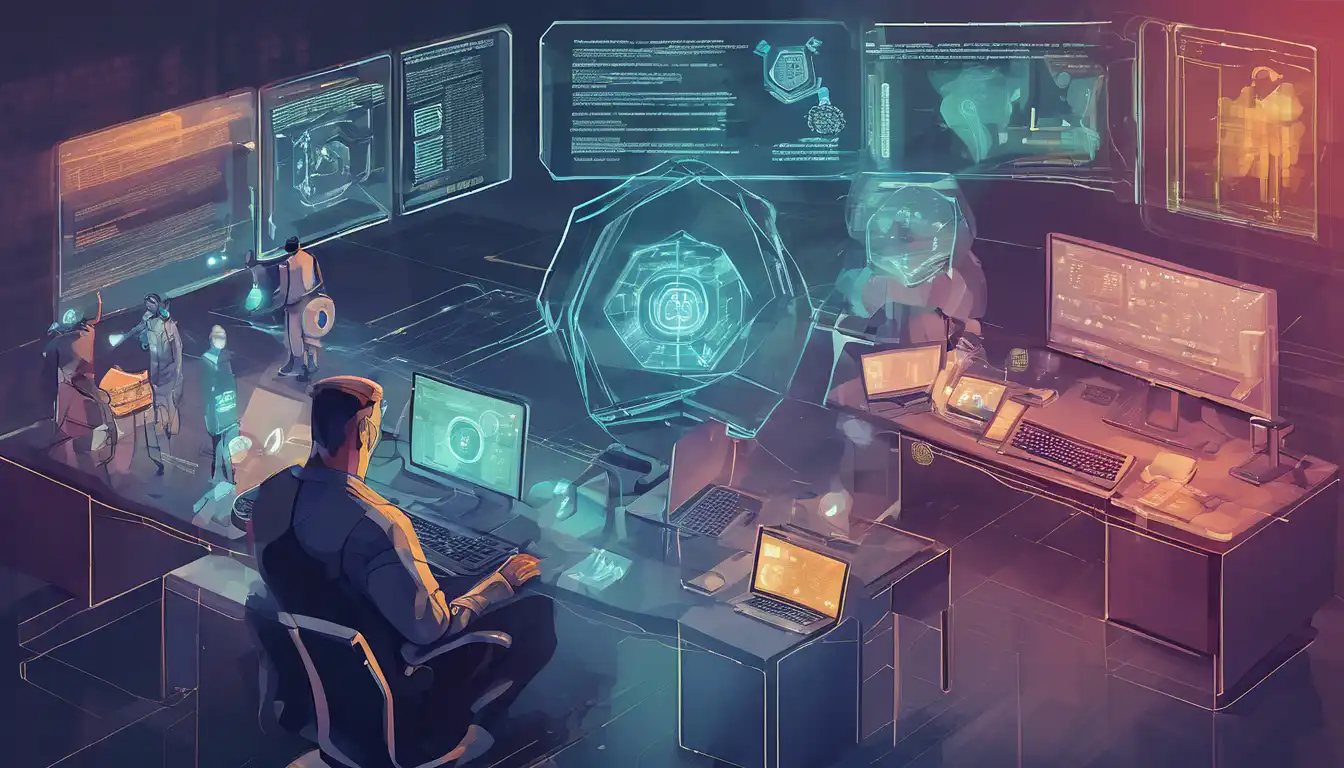Introduction to Cybersecurity Trends
In the ever-evolving digital landscape, staying ahead of cybersecurity threats is paramount for businesses and individuals alike. The year 2023 has brought forward innovative strategies and technologies designed to fortify defenses against increasingly sophisticated cyber attacks. This article delves into the latest trends in cybersecurity defense, offering insights into how you can protect your digital assets effectively.
Artificial Intelligence and Machine Learning
Artificial Intelligence (AI) and Machine Learning (ML) are at the forefront of cybersecurity defense. These technologies enable the detection of anomalies and potential threats in real-time, significantly reducing response times. By leveraging AI and ML, organizations can predict and neutralize threats before they escalate, ensuring a proactive approach to cybersecurity.
Zero Trust Architecture
The Zero Trust model has gained traction as a critical cybersecurity strategy. Unlike traditional models that operate on the assumption that everything inside an organization's network is safe, Zero Trust requires verification from everyone trying to access resources on the network. This approach minimizes the chances of internal breaches and ensures that only authenticated users can access sensitive data.
Cloud Security Enhancements
With the increasing adoption of cloud services, securing cloud environments has become a top priority. Enhanced cloud security measures, including encryption and multi-factor authentication, are being implemented to protect data stored in the cloud. These measures ensure that even if data is intercepted, it remains inaccessible to unauthorized users.
Ransomware Defense Strategies
Ransomware attacks continue to pose a significant threat to organizations worldwide. In response, cybersecurity experts are developing more sophisticated defense mechanisms, such as advanced threat detection systems and comprehensive backup solutions. These strategies are essential for mitigating the impact of ransomware attacks and ensuring business continuity.
Conclusion
The landscape of cybersecurity is constantly changing, with new threats emerging regularly. By staying informed about the latest trends and implementing robust defense strategies, organizations and individuals can safeguard their digital assets against potential cyber threats. Embracing technologies like AI and ML, adopting the Zero Trust model, enhancing cloud security, and preparing for ransomware attacks are all critical steps in building a resilient cybersecurity defense system.
For more insights into protecting your digital environment, explore our technology section for the latest updates and tips.
